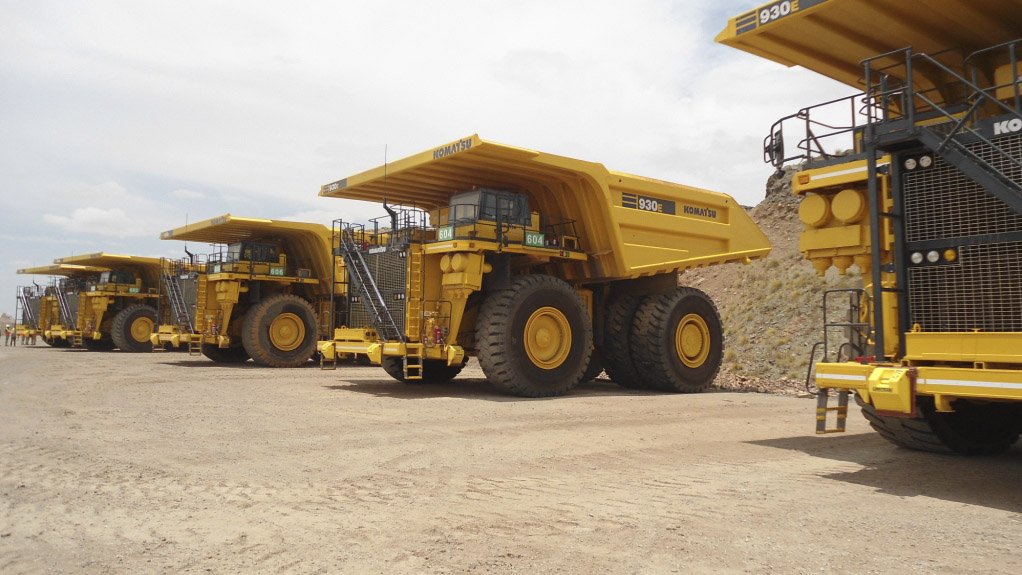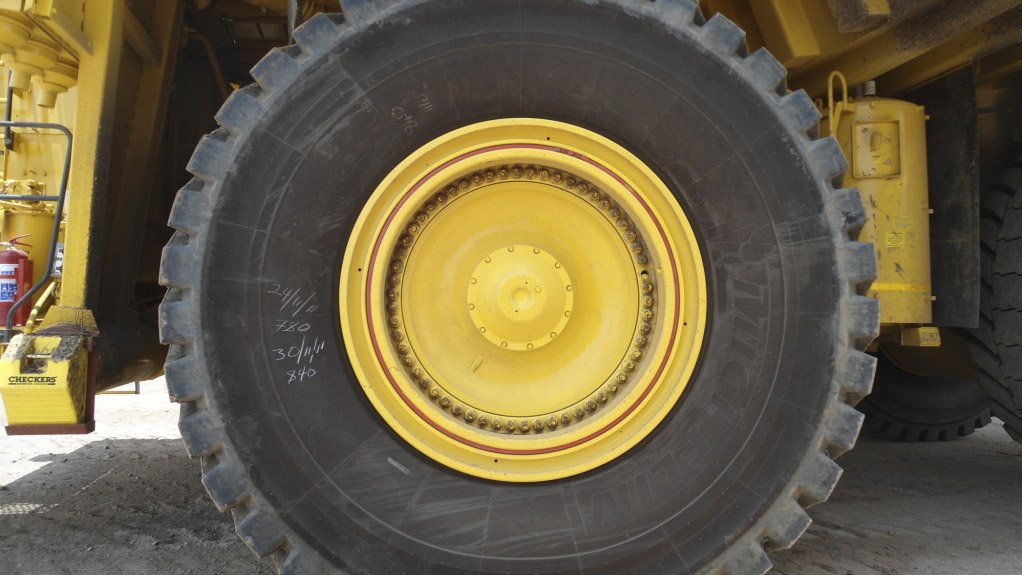On-site nitrogen generator supplier NitraLife has supplied numerous opencast mines across Southern Africa with nitrogen generators and has noticed increased nitrogen use to inflate large off-the-road (OTR) tyres of mining vehicles.
The company has established its client base in the region over the past 22 years, servicing the opencast mining sector both locally and in Africa from its offices in Kyalami, Johannesburg.
The opencast mining sector represents a substantial percentage of NitraLife’s business, along with the commercial, passenger transport and industrial fabrication sectors.
Most large opencast mines in South Africa and several opencast mines in Botswana, Mozambique, Zambia, Namibia and the Democratic Republic of Congo are using nitrogen generators from NitraLife to save costs and improve safety at their operations.
NitraLife sales director Tom Sowry explains that opencast mines mainly use nitrogen in the OTR tyres of large mining vehicles, owing to safety, but also to extend the life of the tyres on haul trucks. This plays a significant role in reducing costs and improving production.
A single large OTR tyre can cost up to R400 000, with haul trucks generally having six tyres, he points out to Mining Weekly. “Therefore, the cost of a NitraLife nitrogen generator is negligible if the related cost and safety benefits are taken into account.”
NitraLife offers a stationary system for tyre bay workshops that fit new tyres to mining vehicles and, if necessary, a stationary top-up facility at a filling station close to the pit of a mine. NitraLife’s mobile service consists of a portable trailer-mounted nitrogen inflation system. The trailer is fitted with a compressor and the NitraLife nitrogen generator that can be taken into an opencast pit to fill tyres of a mining vehicle with nitrogen, Sowry adds.
At certain mines, vehicles with nitrogen-filled tyres are not allowed to continue driving if their tyre pressure dips below a certain point, he explains. In this case, the mobile service can then be sent out to fill the tyres to the correct pressure.
Sowry points out that, previously, the vehicle would need to be inflated with normal air in the pit and then taken back to the workshop for the tyre to be deflated and then re- inflated correctly with nitrogen. This consumed valuable time.
“From a safety point of view: fire needs three things to exist – a fuel source, which can be the tyre or carbon dust or oxidised rubber inside the tyre; heat, which is generated by the pressure placed on the tyre when carrying heavy loads or a mechanical failure or a similar occurrence; and oxygen,” he states. “By removing the oxygen from the tyre, you remove the possibility of a fire inside that tyre.”
A nitrogen-filled tyre also helps to prevent oxidation or perishing of the tyre’s interior. An air-filled tyre is exposed to water vapour and oxygen that will perish or oxidise the inside of the tyre, Sowry adds.
“Therefore, should an air-filled OTR overheat for whatever reason, the carbon dust mixed with air can combust or explode with potentially catastrophic consequences for property and personnel,” he cautions.
Although heat from mechanical failure or human error will still exist, a nitrogen-filled tyre will increase safety in a mining environment. The nitrogen systems for the opencast mining industry are set to produce between 95% and 98% nitrogen, ensuring there is not enough oxygen for combustion to occur, Sowry concludes.
Edited by: Tracy Hancock
Creamer Media Contributing Editor
EMAIL THIS ARTICLE SAVE THIS ARTICLE
ARTICLE ENQUIRY
To subscribe email subscriptions@creamermedia.co.za or click here
To advertise email advertising@creamermedia.co.za or click here















